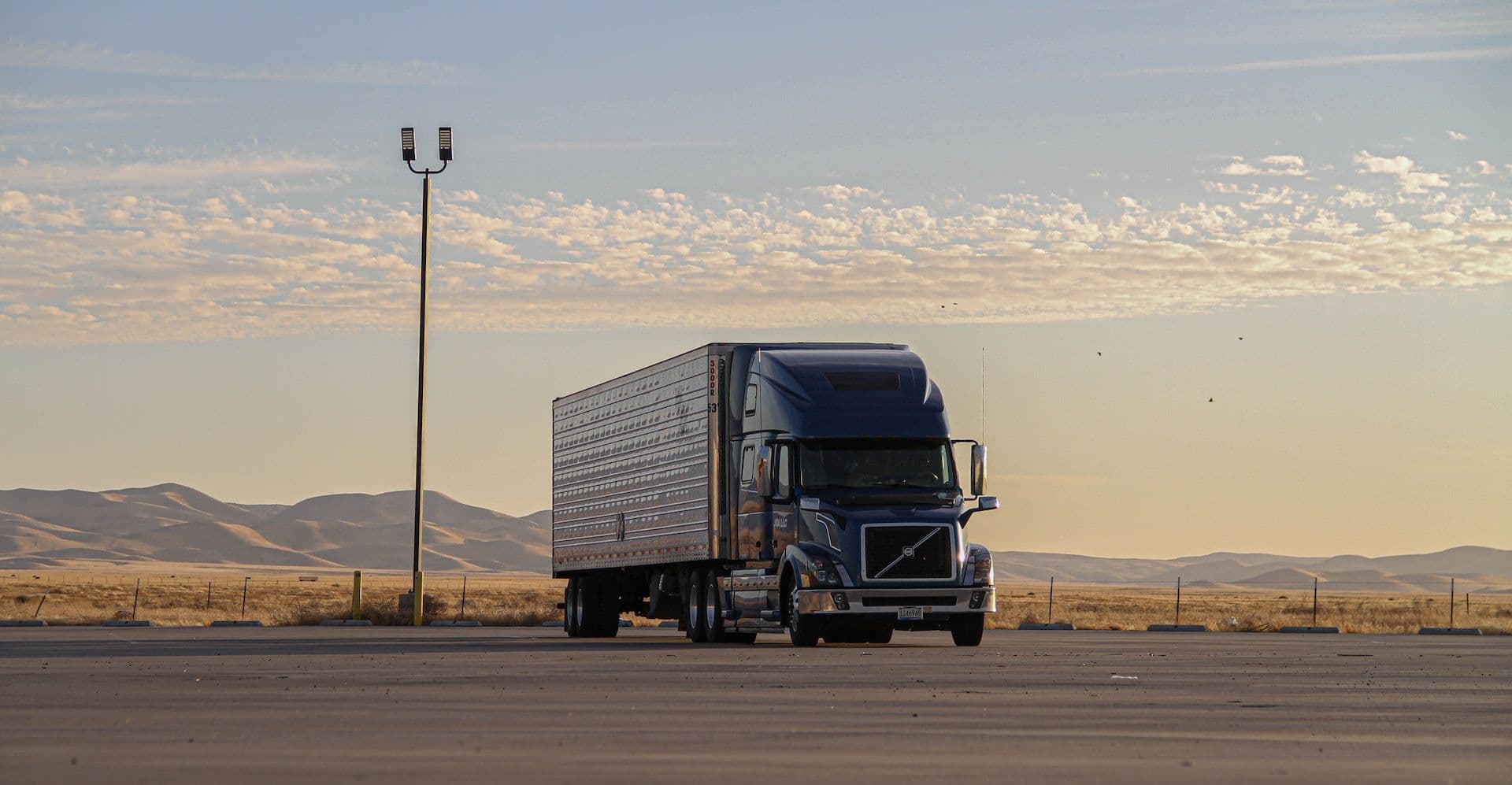Why More Trucks Won’t Fix the Problem – And Could Actually Wreck the Spot Market
A new bill just dropped in Washington – the Strengthening Supply Chains Through Truck Driver Incentives Act – and it’s being pitched as a solution to fix the “driver shortage,” unclog the supply chain and lower costs for American families. Congressman Zach Nunn of Iowa introduced this legislation, which he claims will help recruit more drivers to an already strained supply.
Sounds beneficial on the surface, right? But here’s the problem:
It’s based on a completely outdated view of the trucking industry. If passed, this bill could actually destroy small trucking businesses – especially those relying on the spot market – by flooding the system with more trucks when what we really need is more freight.
![]() (Photo: Jim Allen/FreightWaves)
(Photo: Jim Allen/FreightWaves)
The Market Right Now: Like a Concert With Not Enough Hungry People
Imagine you’re at a concert where there are only 10 food trucks serving the crowd. It’s competitive, but those 10 trucks can stay busy.
Now imagine 80 more food trucks show up… but the crowd size doesn’t grow. Suddenly, everyone is competing for the same limited number of customers. Food trucks start undercutting each other, dropping prices just to stay busy, and some go home empty-handed or in the red.
That’s exactly what happens when you add tens of thousands of new trucks to the freight market without increasing the amount of freight available.
![]() Chart: OTVI (Outbound Tender Volume Index) is an indicator that provides insight as to how much available freight is currently in the marketplace.
Chart: OTVI (Outbound Tender Volume Index) is an indicator that provides insight as to how much available freight is currently in the marketplace.
The Real Issue Isn’t a Driver Shortage – It’s a Freight Shortage
The bill’s supporters cite a 2022 stat from the American Trucking Associations that claimed we were short about 78,800 drivers. But that number mostly applies to large fleet turnover – not to the actual amount of freight needing to be hauled.
Right now, the Outbound Tender Volume Index (OTVI) – which measures how much freight is being offered to carriers – is sitting around 10,405. That number isn’t going up. In fact, it’s flat, maybe even declining.
Meanwhile, the average spot rate is around $2.27 per mile, according to SONAR. That’s not a terrible number, but it’s barely holding, and we haven’t even added more trucks yet.
We Modeled What Happens If You Add 80,000 More Trucks
Here’s where things get dangerous. We ran the numbers and looked at what would happen if you suddenly added 80,000 more dry van trucks to the market – whether through tax credits, apprenticeships, or CDL grants.
The result? Rates will take a hit. And it doesn’t take long.
If 80,000 additional dry van trucks are introduced into the market, the projected national average spot rate is expected to fall within a likely range of $2.04 to $2.16 per mile. In a worst-case scenario – if the added capacity triggers aggressive rate competition and undercutting – the spot market could dip as low as $1.93 per mile. These changes would likely occur within three to six weeks of the new capacity entering the system, depending on how quickly the trucks are deployed and how regional freight volumes respond.
![]()
This Helps Big Fleets, Not the Backbone of the Industry
Who’s backing this bill? The American Trucking Associations, Teamsters and other groups that represent the megacarriers. These are companies that churn through drivers by the thousands. Of course, they want tax credits to bring in more drivers – they need warm bodies in trucks.
But what they don’t tell you is that the spot market – where independent carriers and small fleets live – can’t survive if rates drop even a little bit.
Adding more trucks into an already soft freight market doesn’t fix the supply chain. It just breaks the small carrier.
Why This Is So Dangerous for Small Fleets
- Many small carriers have a break-even cost between $1.75 and $2.10 per mile on average.
- If spot rates fall below $2.00 – and they absolutely will if this bill is successful – thousands of small fleets could go under.
- Insurance is up. Maintenance is up. Fuel is unpredictable. The only thing we don’t need right now is more trucks with nowhere to go.
What the Industry Really Needs
If Congress actually wants to help trucking, it needs to stop pushing out more CDL graduates like it’s 2019 and start focusing on retention, fair rates, and freight access. Here’s what would actually help:
- Programs that support and scale existing carriers, not just create new ones.
- Funding for technology and dispatch tools that help carriers run more efficiently.
- Access to direct shippers, not just more brokered freight.
- Better training on business operations so carriers can stay profitable long term.
Final Word
This bill sounds helpful to those who wrote it, but it’s built on a flawed premise. More trucks do not mean better supply chains if there’s no freight for them to haul. If you flood the market, spot rates crash, and the small carriers that built this industry get pushed out.
It’s time for lawmakers to look past the lobby groups and listen to the folks actually out here hauling the freight. Because the people writing this bill? They’re solving a problem we don’t have – and creating one we can’t afford.

